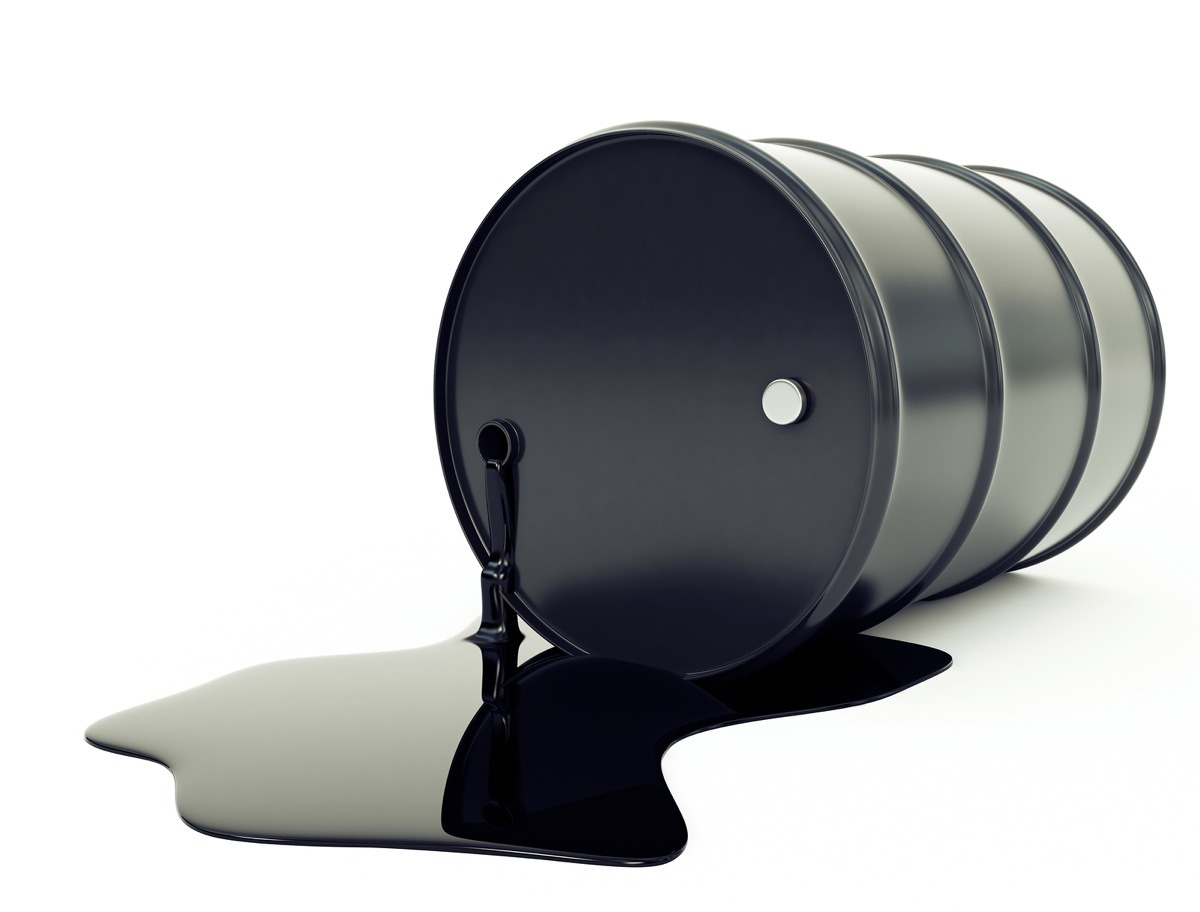The crude oil sell off has been vicious both in its depth and its speed. In fact, the market has been so negative that we last wrote about it this past June 11th. The market had provided a bit of a rally in the face a growing and overwhelmingly bearish commercial trader position which led to our headline, "Sell Crude at $65 Per Barrel." Our primary focus is based on the Commodity Futures Trading Commission's weekly Commitments of Traders report. We use the actions of the commercial traders to help us determine value in the commodity markets like the buying opportunity in gold that we published in Futures Magazine on august 7th. Bringing this back to crude oil, here are three charts that show the crude oil market is nearing a bottom.
We'll begin with a broad view and the commercial traders' actions within the crude oil market. Commercial traders have set record long and short positions over the last 12 years. We've highlighted their net long position of approximately 79,000 contracts in September of 2003 when oil was trading near $28 per barrel. Their record short position is much more recent, having been set in June of 2014 when oil last traded above $100 per barrel. Are these coincidences? We think not. Refiners locked in all the forward production they could in 2003 as prices were climbing and the economy was rolling along. Conversely, in the midst of a supply glut and growing concerns over the global economy, oil drillers took advantage of the opportunity to sell as much forward supply as they could reasonably deliver. Finally, when viewing the net commercial trader position, note the negative correlation between the market's peaks and troughs and those of the commercial traders who sell the peaks and buy the valleys.

We've posted the actual trade signals this process has generated in the previously mentioned crude piece. Today's analysis comes through the combination of significant refinery purchases beginning last month along with a speculative trader washout as seen in the calendar spread action within the crude oil market.
The first spread chart features the December 2015 crude oil futures in the top pane and the September 2015 crude oil futures in the second pane. The third pane represents the price difference between the two expiration months. Crude oil is priced higher the farther the delivery date. This pricing structure facilitates storage, insurance and interest rate issues that reflect the anticipated price of the deferred months at their delivery time. Generally speaking, the wider this spread, either positive or negative, the bigger the expected jump in prices. This spread is typically used to project the strength of the market's current move. However, we'll use this same technique to determine an ending to the tremendous move we've seen over the last two months.

The collapse of the December minus September spread from $2.93 on August 13th all the way down to $.70 today indicates the total capitulation of speculative long positions held in the deferred month. Were these speculative positions still held in the September, front month contract, the spread would've remained relatively stable as the prices of both the September and December contracts would've declined in parallel. Furthermore, when looking at the next chart, you'll see that this gap isn't nearly as dramatic moving out to the end of Q1 of 2016.

The March 2016 minus December 2015 crude oil spread has only declined by about $.50. This is only a quarter of the December minus September spread. Retail traders typically stay in near-term contracts as they provide the liquidity and volatility necessary for the ins and outs of day and short-term non-professional traders. The stability of the deferred months is representative of the professional trading community whether pure hedgers, option market makers or energy market makers. Lastly, refiners and other end users lock in their hedges to extrapolate their business models into the future and rarely act until the hedge is to be cleared.
The recent flush in the crude oil market is the first of the capitulation declines based on the charts above. The net commercial trader position is still short more than 220,000 contracts on a nominal basis. However, their recent purchases of more than 100,000 contracts in the last five weeks has pushed their momentum clearly into positive territory. We track both the nominal numbers in order to keep track of position records, like net long nearly 80,000 contracts, which shows considerable buying capacity is still being held back, along with the momentum of their buying and selling. We correlate these actions with market price levels to determine how anxious the commercial traders are to get forward production sold or future inputs purchased in order to determine the key pricing areas of a given market. Based on their actions and the recent collapse of the near-term quarterly spread compared to Q1 of 2016 we see a near-term bottom coming in the crude oil market. Once the turn is in, we'll publish it in our Cot Signals just like the gold trade in Futures Magazine that hit our profit objective of $1,150 today.






